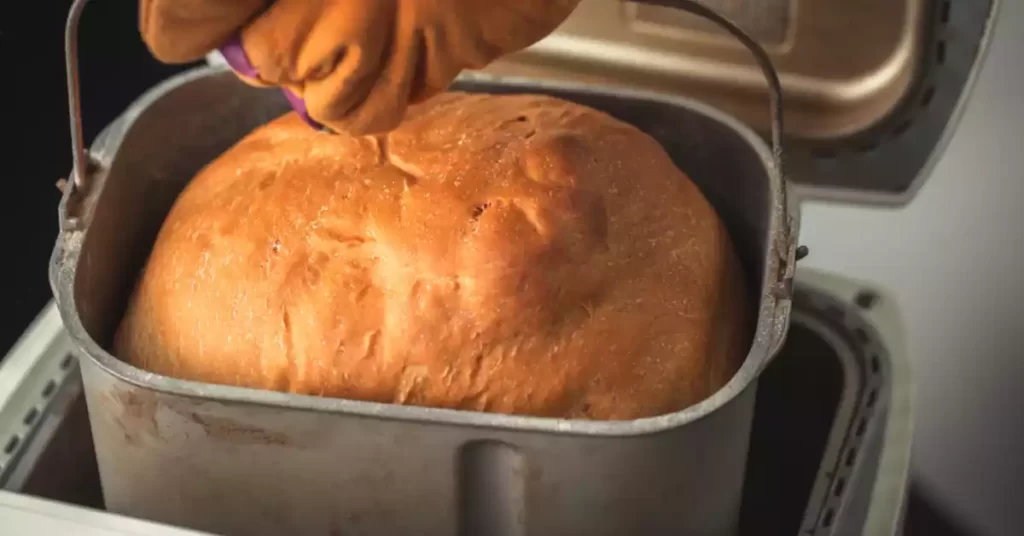There’s nothing quite like the simple joy of biting into a warm, freshly baked slice of homemade bread. Yet, when our efforts result in a bland, tasteless loaf, the disappointment can be disheartening.
Fear not, dear bakers! This article promises to guide you through the common pitfalls that can leave your homemade bread lacking in flavor.
With easy-to-follow advice and professional insights, we’ll help you transform your dough into delicious, flavorsome loaves that will leave you and your loved ones craving more.
Whether you’re a bread-making beginner or a seasoned pro, our engaging and helpful tips will ensure that your future endeavors in the kitchen yield mouthwatering, taste-packed bread.
So let’s dive in, and together, we’ll unlock the secrets to creating truly scrumptious homemade bread that you can be proud of.
The Importance of Ingredients in Bread Making
Quality of Flour
The quality of the flour you use has a significant impact on the taste of your bread. Opt for high-quality, unbleached bread flour for the best results. Whole wheat flour can also add a robust flavor to your bread.
Salt
Salt is an essential ingredient in bread making, as it not only enhances the flavor but also helps control yeast fermentation. Ensure you use the right amount of salt in your recipe.
Yeast
Using fresh yeast is crucial for the fermentation process, which ultimately affects the taste of your bread. Make sure to use active dry yeast or instant yeast and check the expiration date before using it.
Water
Water quality can affect the taste of your bread. Use filtered or spring water if possible, as tap water may contain chemicals that can influence the bread’s flavor.

The Role of Technique in Bread Flavor
Kneading
Properly kneading your dough develops gluten, which contributes to the bread’s texture and flavor. Over-kneading or under-kneading the dough can result in a bland taste.
Fermentation and Proofing
Allowing your dough to ferment and proof for the right amount of time is essential for developing complex flavors. Longer fermentation periods result in a more flavorful bread.
Baking
Baking your bread at the correct temperature and for the right duration is crucial for a good flavor. Ensure your oven is preheated and bake your bread until it reaches a deep golden brown color.
How to Make your Bread’s Taste Better?
Additives
Incorporate flavorful additives into your dough, such as herbs, spices, nuts, seeds, dried fruit, or cheese, to enhance the taste of your bread.
Sourdough
Using a sourdough starter instead of commercial yeast can create a tangy, complex flavor in your bread. This process requires a longer fermentation period but is well worth the effort.
Autolyse
The autolyse technique involves mixing flour and water before adding yeast and salt. This process allows the dough to rest and hydrate, resulting in a better texture and flavor.

Common Bread Baking Mistakes
Over-proofing
Leaving your dough to rise for too long can cause the bread to become dense and bland. Keep an eye on the dough during the proofing process to avoid over-proofing.
Too Little or Too Much Yeast
Using the wrong amount of yeast can affect the taste and texture of your bread. Follow the recipe’s guidelines and adjust the yeast quantity as needed.
Storing and Reheating Bread for Optimal Flavor
Storing Bread
Proper storage is essential to maintain the flavor and freshness of your bread. Keep it in a bread box or wrapped in a cloth at room temperature. Avoid storing bread in the refrigerator, as it can become stale more quickly.
Freezing Bread
If you can’t consume your bread within a few days, consider freezing it. Wrap the loaf tightly in plastic wrap or aluminum foil and store it in a resealable freezer bag.
This method can help preserve the bread’s flavor and texture for up to three months.
Reheating Bread
To bring out the best flavor in your bread, reheat it in the oven at 350°F (175°C) for about 10 minutes or until warmed through. This will help to revive the bread’s crust and enhance its overall taste.
FAQs
How do I know when my bread is done baking?
The bread should have a deep golden brown color, and when tapped on the bottom, it should sound hollow. You can also use a thermometer to check the internal temperature, which should reach around 190°F (88°C) for most bread types.
Can I use all-purpose flour instead of bread flour?
While it’s possible to use all-purpose flour, bread flour contains more protein, which results in better gluten development and a superior bread texture. Using all-purpose flour may result in a less flavorful and less chewy bread.
How long should I let my dough rise?
The rising time depends on the recipe and the room temperature . Generally, dough should be left to rise until it has doubled in size.
This can take anywhere from 1 to 2 hours or more, depending on the recipe and conditions. Some recipes may call for multiple rise periods, with each rise lasting for a different duration.
Conclusion
Achieving a flavorful homemade bread requires attention to the ingredients, technique, and proper handling.
By using high-quality ingredients, perfecting your kneading and proofing methods, and experimenting with flavor-enhancing additives, you can create delicious bread that rivals even the best bakery offerings.
Be patient and attentive throughout the process, and soon you’ll be enjoying homemade bread that is anything but bland.

